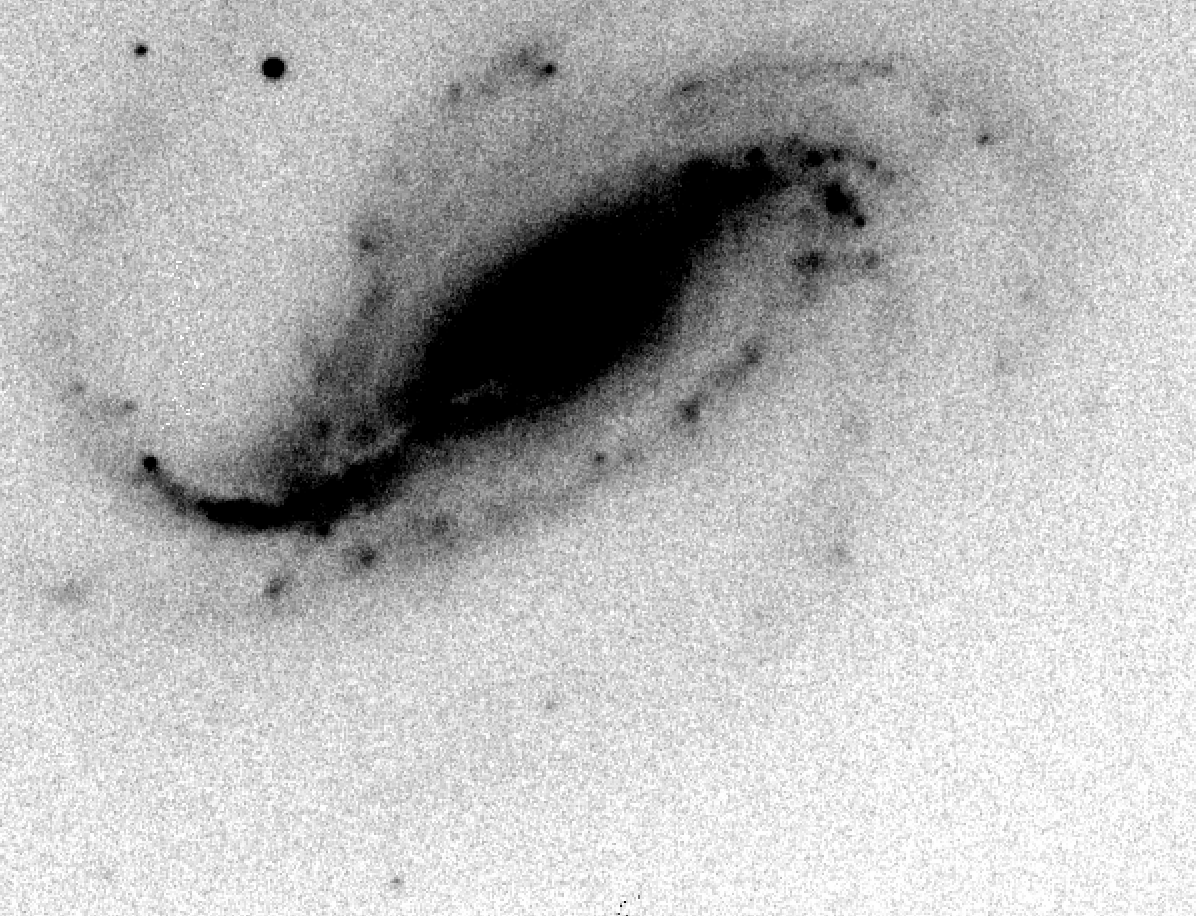Amateur Astronomer Wins 'Cosmic Lottery' with 1-in-10-Million Supernova Shot

Victor Buso picked the right patch of sky for camera testing.
On Sept. 20, 2016, the Argentine amateur astronomer was trying out a new camera he'd affixed to his 16-inch (41 centimeters) telescope. He took some shots of the spiral galaxy NGC 613 — which lies about 80 million light-years from Earth, in the southern constellation Sculptor — and spotted something interesting: a brightening pinprick of light near the end of a spiral arm.
Astronomers at the Astrophysics Institute of La Plata, just outside Buenos Aires, quickly got wind of the find. They fielded an international team that began studying the light source with bigger and more powerful scopes, both on the ground and in space, less than a day later. [Supernova Photos: Great Images of Star Explosions]
The researchers determined that Buso had imaged the "shock breakout" phase of a supernova — the first burst of visible light from an exploding star — according to a new study.
Nobody had ever captured this elusive event before. In getting his random lucky shots, Buso had bucked odds of 1 in 10 million, or perhaps even 1 in 100 million, study team members said.
"It's like winning the cosmic lottery," said study co-author Alex Filippenko, an astronomer at the University of California, Berkeley who helped observe the newborn supernova using the Lick and Keck observatories in California and Hawaii, respectively.
"Buso's data are exceptional," Filippenko added in a statement from UC Berkeley. "This is an outstanding example of a partnership between amateur and professional astronomers."
Breaking space news, the latest updates on rocket launches, skywatching events and more!
The professionals tracked the evolution of the supernova, which is known as SN 2016gkg, for two months. They determined that the object is a Type IIb supernova — a once-massive star that exploded after collapsing rapidly under the force of its own immense gravity.
Modeling work performed by the study team suggests that the dead star was originally about 20 times more massive than our sun. But, over the years, it had a lot of mass siphoned away, likely by a companion star, and probably harbored about five solar masses when it exploded, researchers said.
A powerful pressure wave from that explosion heated up the dead star's surface gas, causing it to brighten and emit light — the "shock breakout" that Buso captured.
"Professional astronomers have long been searching for such an event," Filippenko said. "Observations of stars in the first moments they begin exploding provide information that cannot be directly obtained in any other way."
The study, which was led by Melina Bersten of the Astrophysics Institute of La Plata, was published online today (Feb. 21) in the journal Nature.
Follow Mike Wall on Twitter @michaeldwall and Google+. Follow us @Spacedotcom, Facebook or Google+. Originally published on Space.com.

Michael Wall is a Senior Space Writer with Space.com and joined the team in 2010. He primarily covers exoplanets, spaceflight and military space, but has been known to dabble in the space art beat. His book about the search for alien life, "Out There," was published on Nov. 13, 2018. Before becoming a science writer, Michael worked as a herpetologist and wildlife biologist. He has a Ph.D. in evolutionary biology from the University of Sydney, Australia, a bachelor's degree from the University of Arizona, and a graduate certificate in science writing from the University of California, Santa Cruz. To find out what his latest project is, you can follow Michael on Twitter.

